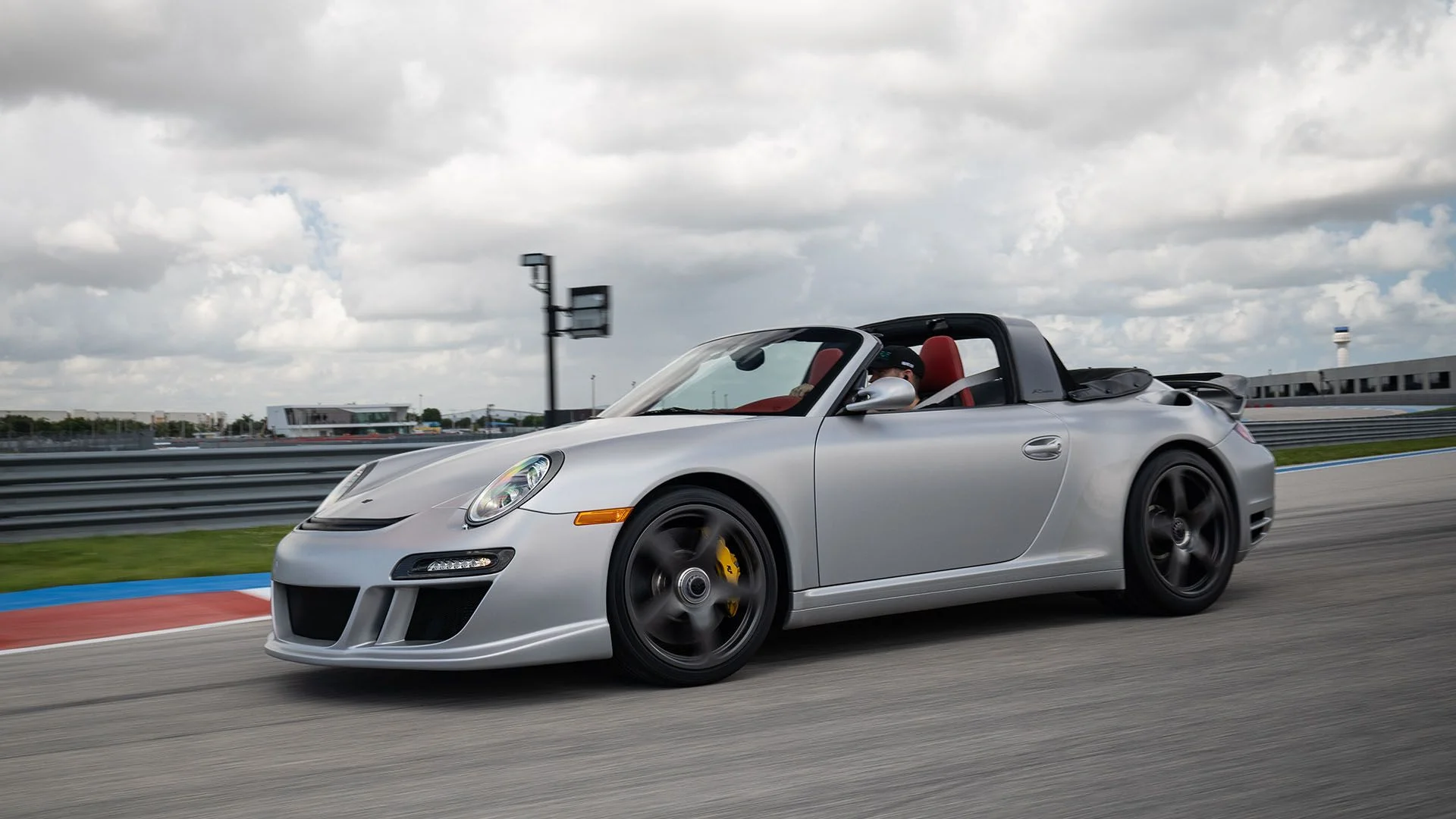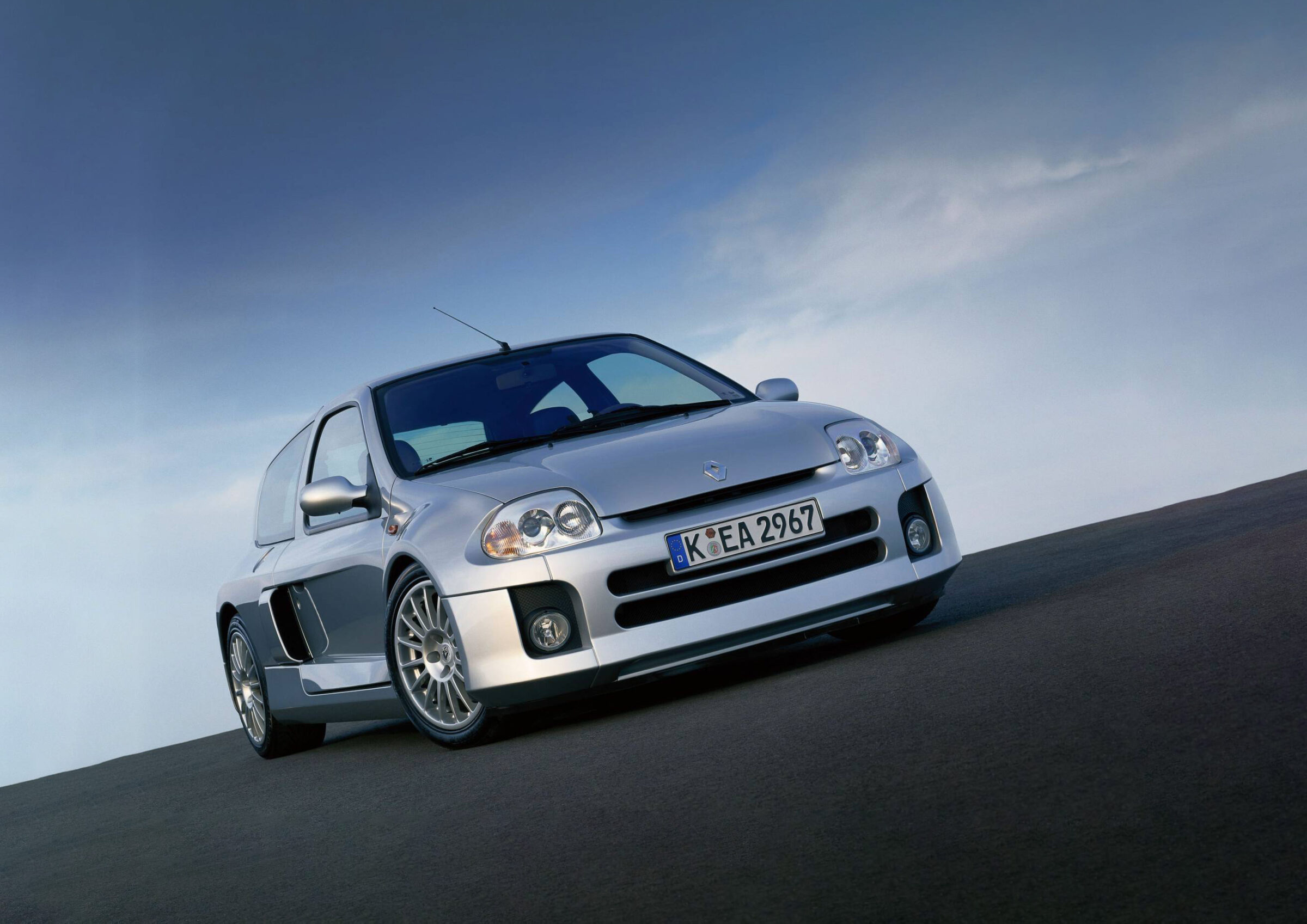Lea-Francis Ace of Spades
Lea-Francis is one of the oldest car brands in the world, but is almost unknown. Yet the brand’s history is quite exciting and extends, with interruptions, to the year 1998. It all began with a bicycle factory run by the entrepreneurs Richard Henry Lea and Graham Francis. This existed from 1895 in Coventry. From 1903, the company also manufactured automobiles, and in 1911, motorcycles were added to the product range. Initially, Singer vehicles were produced under license. It wasn’t until 1919 that they began to produce own cars. Three years later, the company entered into a partnership with Vulcan in order to share the dealer network and production facilities and thus save money. Thus, Vulcan made the bodies while Lea-Francis made transmissions and steering systems. When Vulcan ceased car production in 1928, the cooperation ended. By this time, Lea-Francis had already built up a sporty image. This was due in part to the S-Type “Hyper”, the first British production car with a supercharged engine.
Short history of Lea-Francis
With the Hyper, Lea-Francis won the Ulster TT in Northern Ireland in 1928 in front of more than 250,000 spectators. This success translated into good sales figures. In 1937, George Leek took over the management and made the model program even sportier and more luxurious. With the beginning of World War 2, the company switched to the production of armaments. It wasn’t until 1946 that the company continued with slightly modified pre-war cars. New models didn’t appear until four years later. Through a cooperation with Connaught Engineering, ready-to-drive chassis of the 14 HP Sports were converted there into the L2 and L3 sports cars. After the Lynx debuted in 1960 as a 2+2-seater roadster with a tubular frame chassis, financial problems put an end to production in 1962. By this time, nearly 10,000 Lea-Francis cars had been built. Due to empty coffers, the Lynx could only have gone into production through prepaid advance orders. However, the design seemed too old-fashioned for the intended clientele.


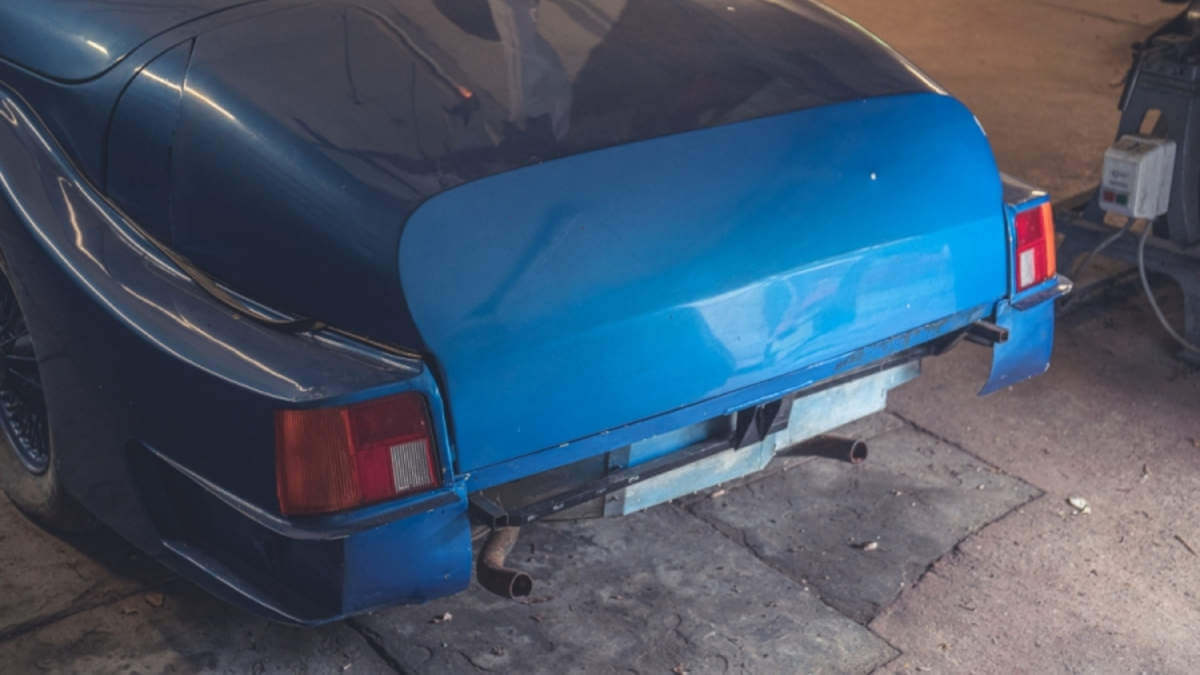

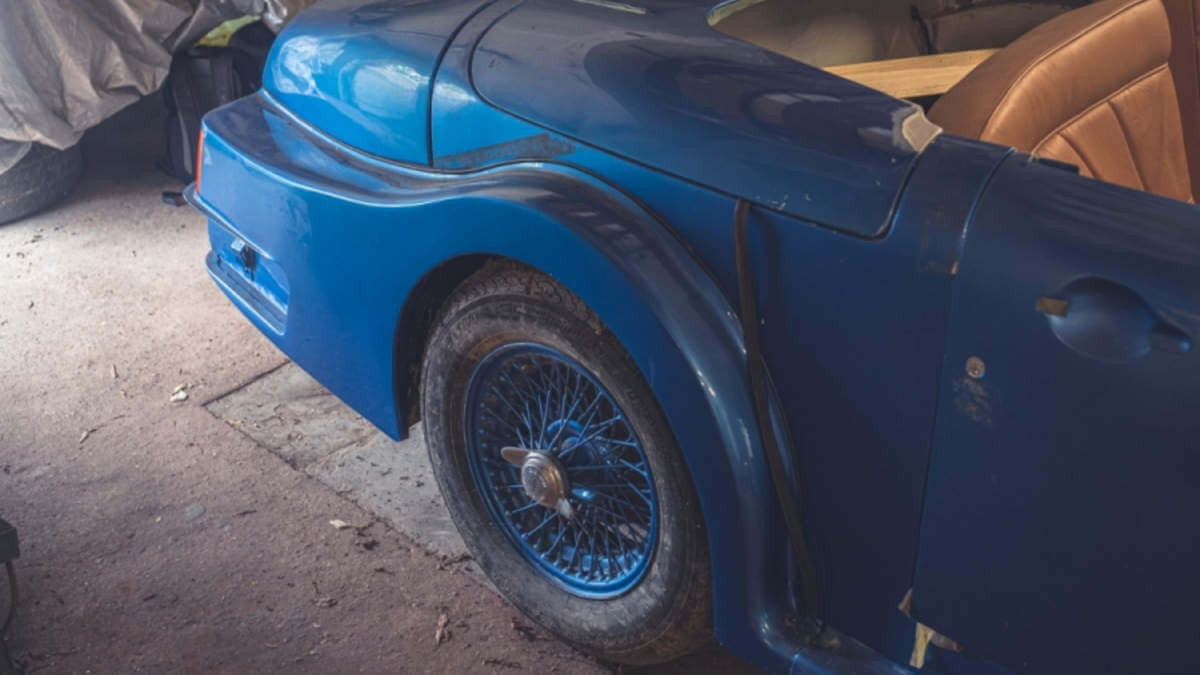











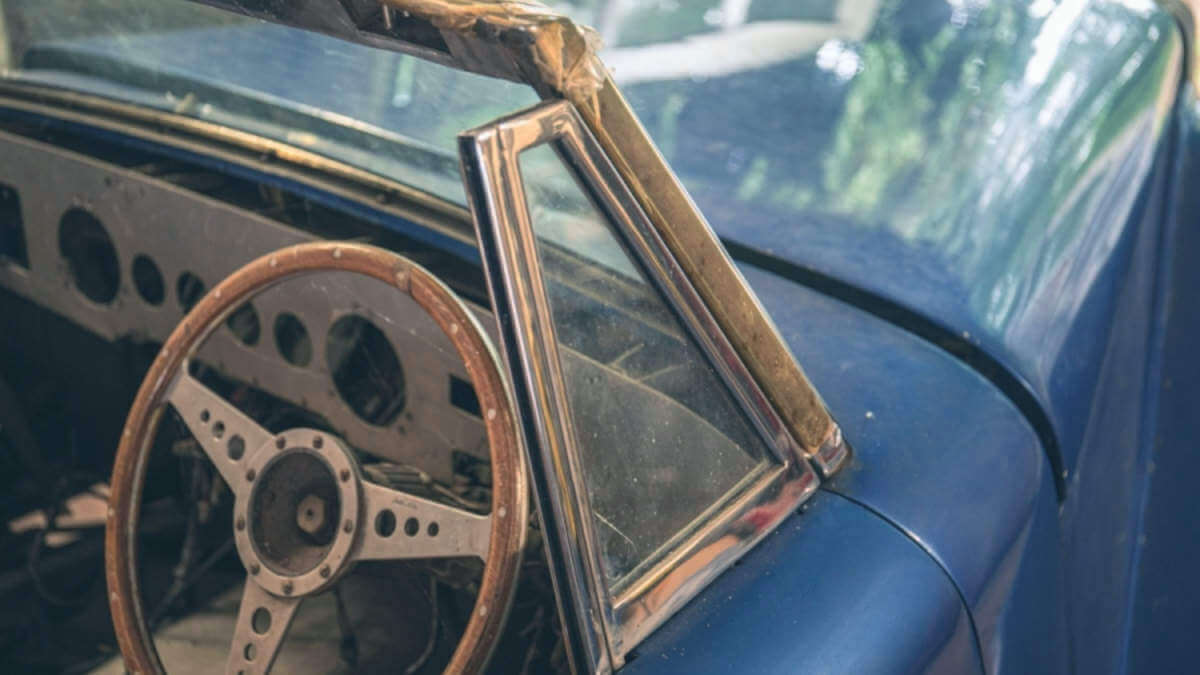







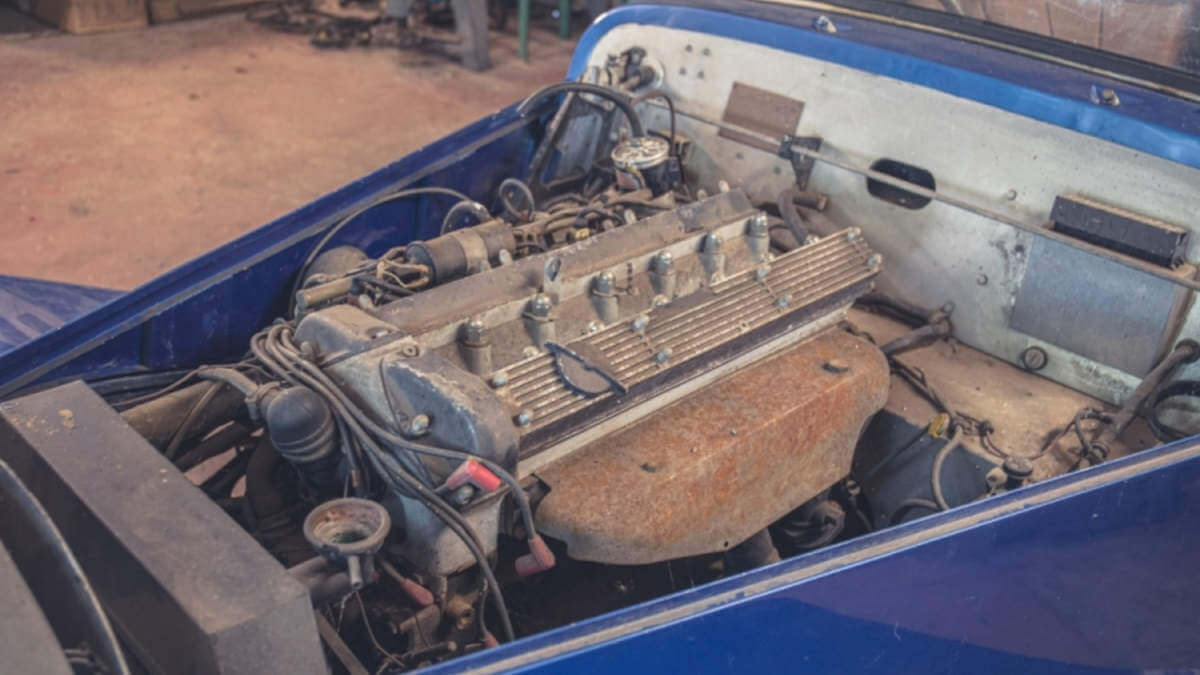

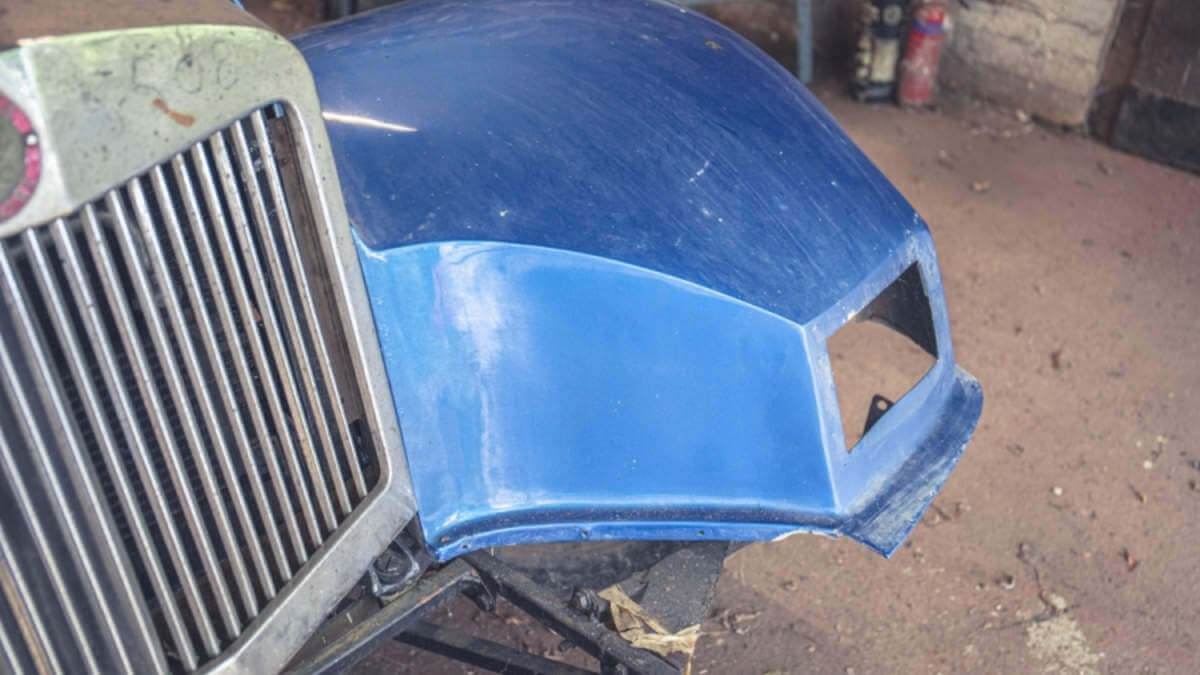







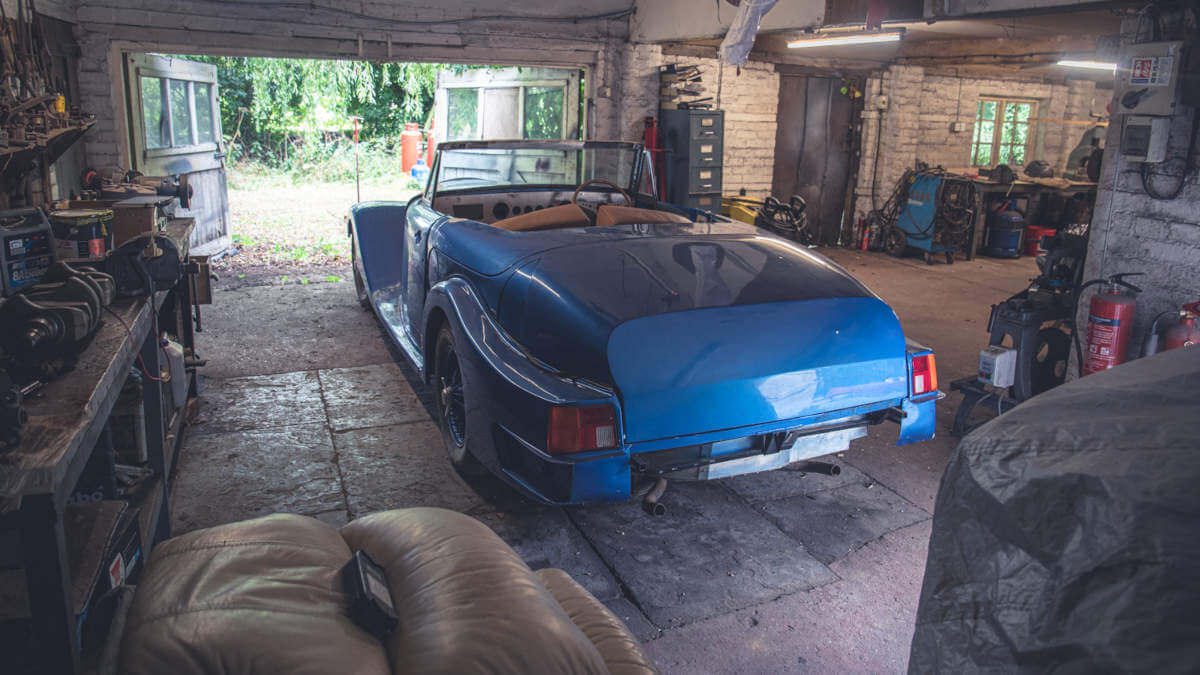



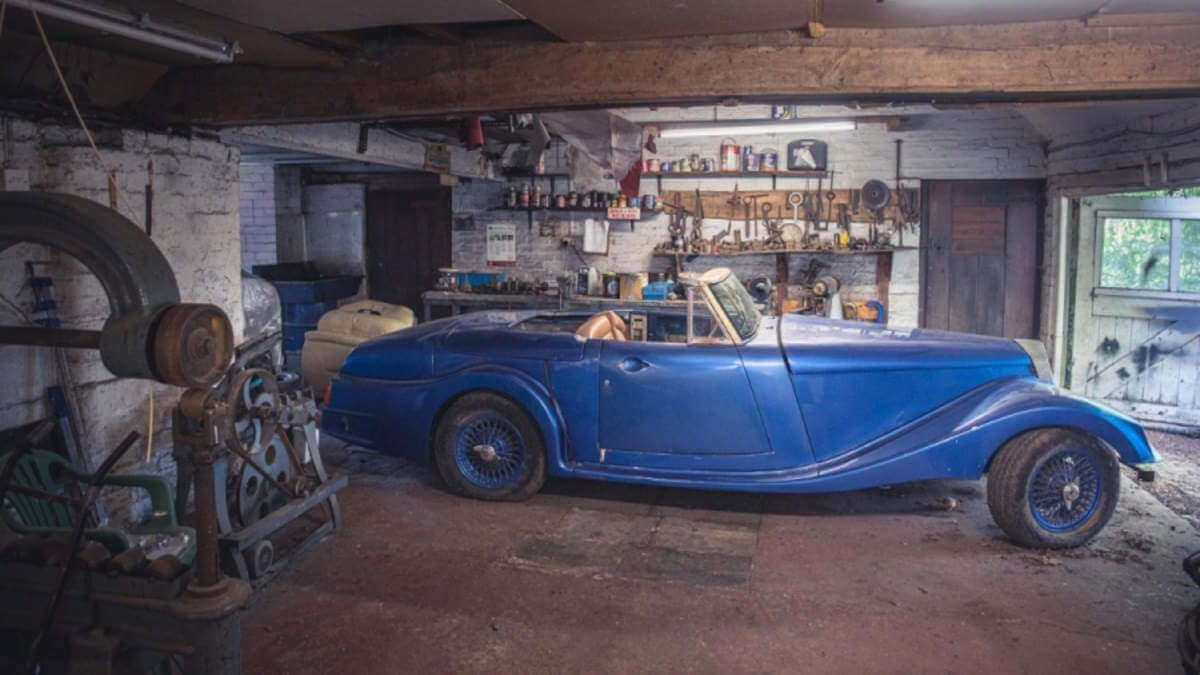



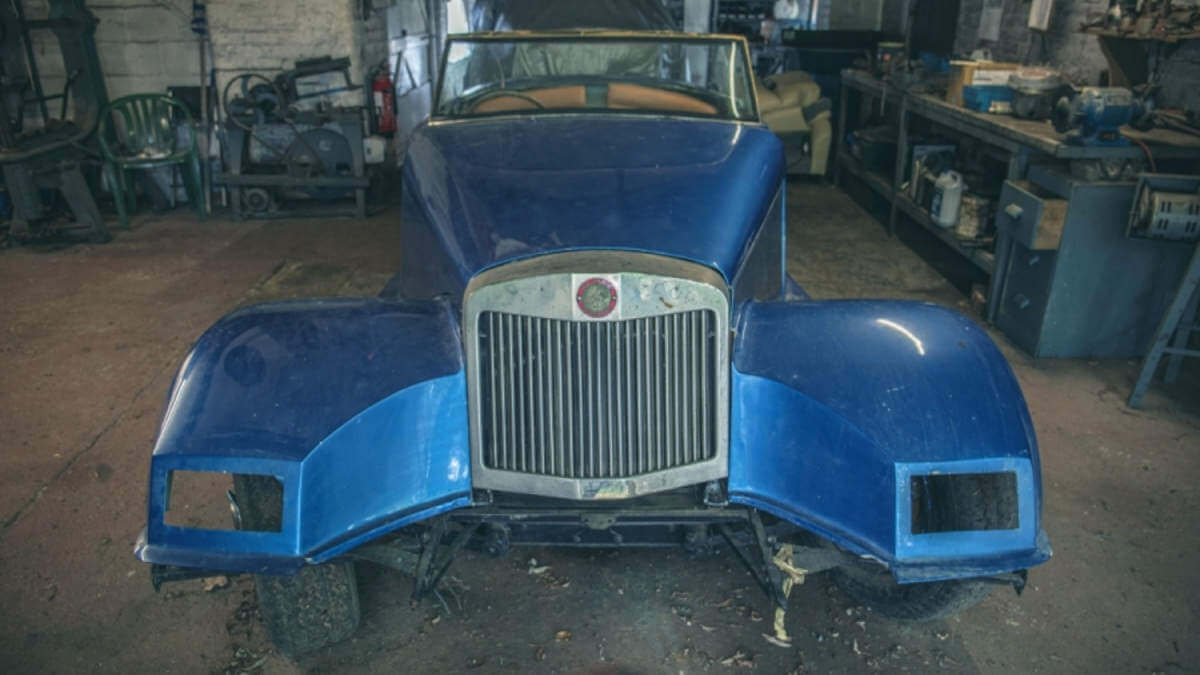

Revival failed
For 14 years, Lea-Francis remained quiet. Then Barrie Price acquired the brand rights and began offering spare parts and service work for all the vehicles still in existence. Next to that he also worked on a new retro sports car with Jaguar drivetrain. This debuted in 1980 as the Ace of Spades. A body made of fiberglass-reinforced plastic sat above a self-contained aluminium frame. The car was available either as a coupé or a two-seater roadster. There were also two different wheelbases. In total, only six examples were built in ten years. The last of which was never completed. It remained in the possession of Barrie Price, even when he sold the brand including all assets in 2019. He had previously presented a final prototype called 30/230 in 1998, but only one car was ever built.
Final Lea-Francis Ace of Spades at CCA
The final Lea-Francis Ace of Spades with chassis number 5506 had been sitting untouched and unfinished in a garage in the UK since 1990 until recently. It is a blue painted roadster. While only the grille was fitted to the front, but never the bumper or headlights, the rear clearly shows the taillights from the Peugeot 205. Barrie Price, now 90 years old, includes a letter with the car guaranteeing its authenticity. Classic Car Auctions (CCA) will auction it off at Stoneleigh Park on September 25. Under the hood is a 3.4-liter inline six-cylinder Jaguar engine. In addition, the car comes with various boxes of parts.
Images: Classic Car Auctions



